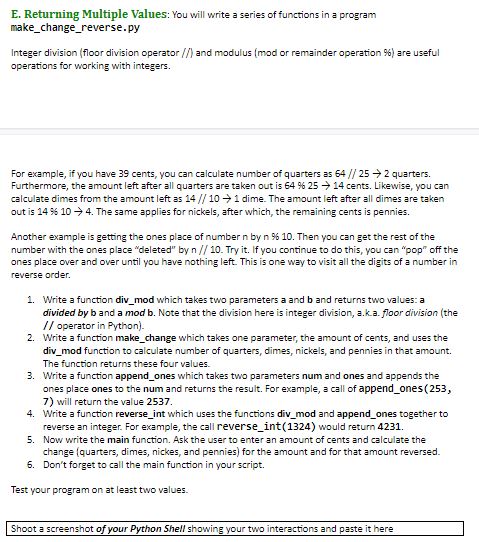If the argument is integer then the result is integer.
Java integer division floor.
Even if you don t see a use for it now it is used quite often.
Java does integer division which basically is the same as regular real division but you throw away the remainder or fraction.
It works on negative numbers too.
It depends on whether the operands surrounding it are int long or float double which form is used.
Integer division always gives an integer result no fraction truncated toward 0.
This tutorial teaches java math class with examples.
The java lang math floor double a returns the largest closest to positive infinity double value that is less than or equal to the argument and is equal to a mathematical integer.
The java lang math floor returns the double value that is less than or equal to the argument and is equal to the nearest mathematical integer.
Integer division can come in very handy.
If the argument value is already equal to a mathematical integer then the result is the same as the argument.
Integer division in java might cause some frustration but if you know what to expect when going in you can take some steps to alleviate these snags.
If the argument is nan or an infinity or positive zero or negative zero.
3 1 maps to 4.
Public static double.
Throw away the remainder and the result is 2.
For example 4 9 is mapped to 4.
Java floor method the method floor gives the largest integer that is less than or equal to the argument.
Division there are two kinds of division in java integer and floating point they both use the operator to ensure you will get them confused.
This function maps a number to the nearest lowest integer.
Java math class provides useful methods for performing the math s operations like exponential logarithm roots and trigonometric equations too.
In mathematics and computer science the floor function is the function that takes as input a real number and gives as output the greatest integer less than or equal to denoted or similarly the ceiling function maps to the least integer greater than or equal to denoted or.
If the argument is nan or an infinity or positive zero or negative zero then the result is the same as the argument.
Thus 7 3 is 2 with a remainder of 1.

